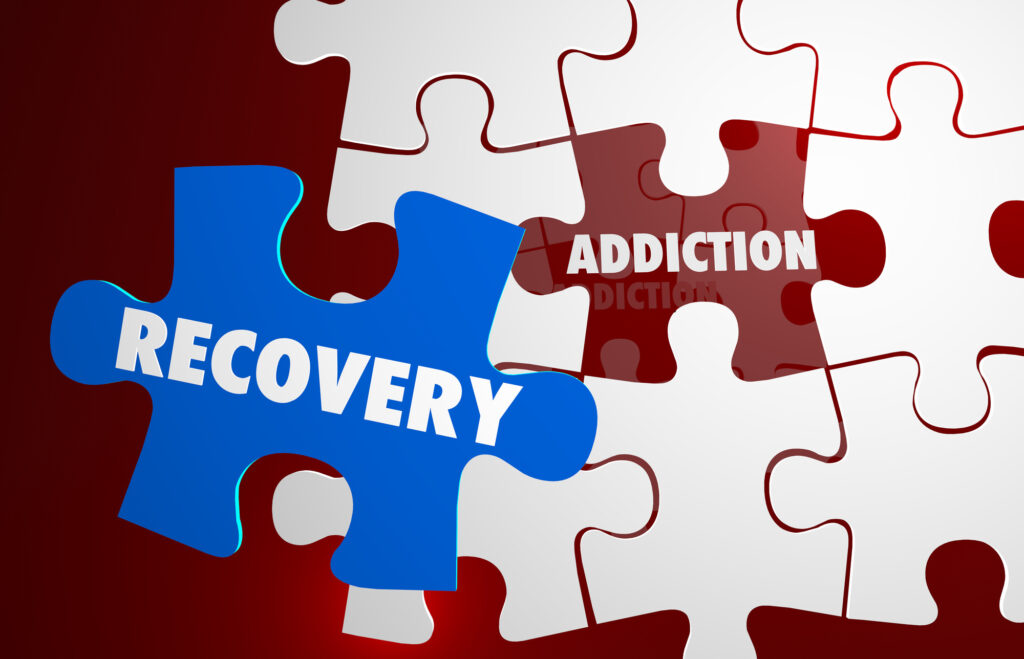The Most Common Types of Addiction Explained

According to research, 21 million Americans suffer from addiction. The overwhelming odds suggest that you’ll encounter more people in the throes of addiction than you’d think.
So, how can you help them? The best basis for support is to understand the types of addiction and how they manifest.
Make sure to keep reading as we break down the biggest categories of addiction, plus we’ll offer some tips on how to reach out for help.
Substance Abuse
Substance abuse disorders easily make up the lion’s share of dangerous addictions. Estimates suggest that 10% of the adult population will struggle with a drug use disorder alone. Toss in alcohol, which is considered its own substance, and you’re looking at an even greater margin.
Someone living with an addiction to a substance develops a chemical dependency that fundamentally alters their brain chemistry.
Should a user stop taking their substance of choice, there may be grave consequences, ranging from seizures and mood swings to death. That’s why so many addiction specialists preach the dangers of quitting cold turkey.
Behavioral Addictions
Behavioral addictions can be every bit as dangerous substance abuse disorders, yet they’re talked about far less.
Common behavioral addictions include:
- Gambling
- Pornography
- Sex
- Love
- Social media
- Video games
- Shopping
These behaviors can alter a person’s life, causing them to lose massive amounts of money. Major parts of a person’s personality can shift, too, resulting in lying to family, stealing, and more.
When it comes to sexual addiction, there’s even an added risk of contracting a venereal disease that could stay with someone for the rest of their life.
Like substance abuse disorder, there’s some brain chemistry at play here, too. Over time, behaviors may become compulsive, with an addict finding it difficult or even impossible to quit their harmful habit.
Finding Help
Whether you’re reading this article for yourself, for a loved one, or for educational purposes, it’s important to remember that battling addiction isn’t a life sentence. There are ways out that lead to a life better than you could ever imagine.
The first step, as cliché as it might sound, is to admit that there’s an issue. Think of this revelation as a master key of sorts. Once everyone is on the same page, it becomes possible to reach out and find help.
Rest assured, there’s a form of treatment for everyone.
This is especially important as addiction tends to develop alongside (or be exacerbated by preexisting) mental health conditions, resulting in a process called comorbidity. If a user is already struggling with depression, they’ll need to treat their depression in tandem with their addiction.
In younger patients, a youth treatment facility, which you can read about here, specializes in young adult issues.
Choosing the right type of treatment is paramount, so be sure to explore the options that fit best for your given situation.
Your Guide to the Types of Addiction
Addiction doesn’t have to be the end. Now that you better understand the types of addiction out there, you can help yourself or someone you love.
Help is out there. All you have to do is ask.
For more tips on staying healthy, physically or mentally, check out the rest of our health and fitness content.
